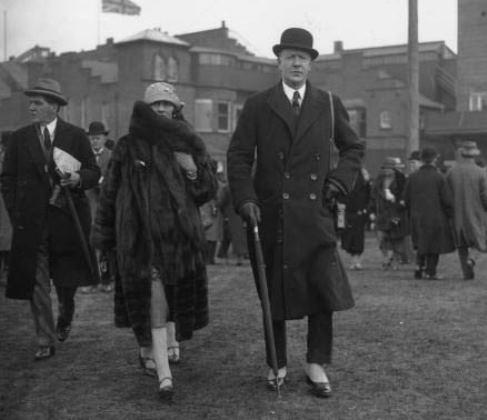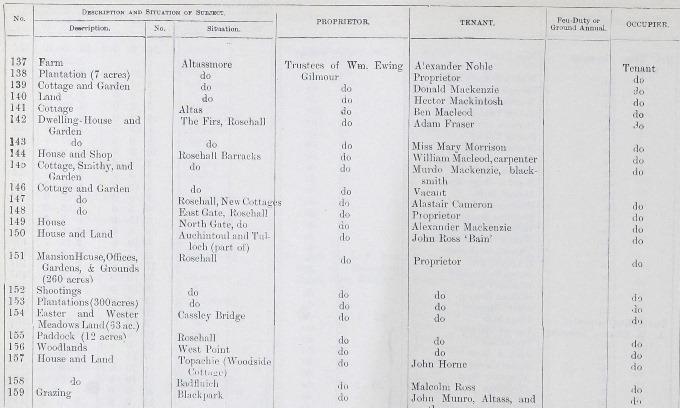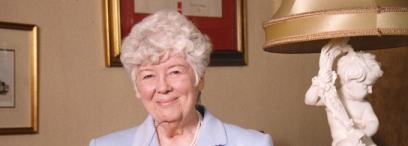In late 1923, Coco Chanel met the 2nd Duke of Westminster at a dinner in Monte Carlo. Chanel was becoming one of the world’s most recognisable clothes designers, and the duke was Britain’s richest man with an estimated income of a guinea per minute. The duke, known to family and friends as Bendor (after his grandfather’s Derby-winning stalion) was married to his second wife at the time, Violet Mary Nelson, and, after months of wooing Chanel, they began an affair.

Coco Chanel and The Duke of Westminster at The Grand National, Aintree, 27 March 1925
Credit: Radio Times Hulton Picture Library, Public domain, via Wikimedia Commons
The couple spent a lot of time together at the duke’s different properties and over 3 summers Chanel enjoyed time on his Sutherland estate at Stack Lodge and another nearby property at Lochmore. In 1920 the duke added to his portfolio of properties across Britain and Europe by buying the 100,000 acre Reay estate. It had first been leased by the duke’s father in 1866 from his father-in-law, the Duke of Sutherland.
On the River Laxford, running through the estate, Coco Chanel became an adept fisherwoman (‘Coco Chanel: the legend and the life’, 2010 p.158). Winston Churchill, who was staying with the couple in October 1927 wrote to his wife about Chanel’s fishing skills: ‘she fishes from morning till night, and in 2 months has killed 50 salmon.’ The lodge at Stack was a comfortable sporting lodge, with small cottage-like rooms. Lochmore was a grander Victorian building, and served as the main house on the Reay estate. In 2014, after almost a century of occupation by the Grosvenor family, it was put on the market.

Detail from the 1925 valuation roll from the parish of Eddrachilles
Crown copyright, National Records of Scotland, VR12/16, page 673
The valuation rolls list the men who lived and worked on the duke’s estate, such as Sinclair Mackay, forester, and Alex Maclean and John Scobie, gardeners, who lived at Stack. The household servants who travelled with the duke do not appear in the rolls.
The duke was so enamoured of this part of Scotland that in 1926 he bought Rosehall, another extensive sporting estate in east Sutherland that had belonged to William Ewing Gilmour, a textile magnate, who died in 1923. The duke and Chanel spent happy times in the fishing lodge at Rosehall, which she re-decorated and furnished. It is the only known property in Britain to have been decorated by Chanel; the simple, chic design of beige walls with chimney pieces made from painted timber would have been highly unusual for the period. Gilmour’s trustees were managing he estate at the time of the 1925 rolls. In 2015, in a state of dilapidation, Rosehall and its 700 acre estate were put up for sale.

Detail of the 1925 valuation roll for Rosehall
Crown copyright, National Records of Scotland, VR12/16, page 632
Winston Church was visiting the couple there in May 1927 when he wrote ‘This is a very agreeable house in a Highland valley. Well-equipped with salmon, trout and snipe. The air in most exhilarating, keen and yet caressing. It is quite different to England. Coco got three fish yesterday.’ (Picardie, ‘Coco Chanel’ p.158)
Chanel’s visits to the highlands were also an inspiration to her clothing design at the time. The dressing habits of the English upper class, and in particular the Duke of Westminster, greatly influenced her tweed collection which was based on the duke’s fishing and hunting attire – a lasting reminder of their short affair and time in the north of Scotland.
For further information about valuation rolls, please see our guide.


